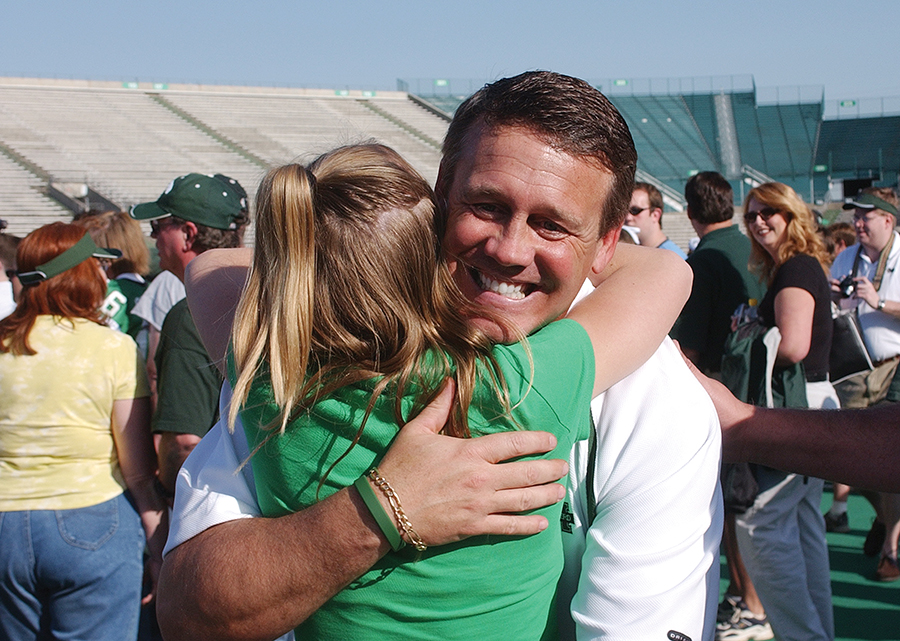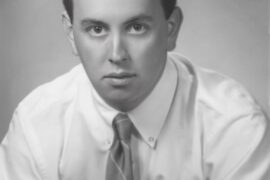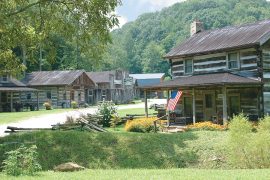Former Marshall star Mark Snyder comes full circle as he takes the reigns of the Thundering Herd football program
By Ernie Salvatore
HQ 55 | SPRING 2005
“It’s good to be home,” Mark Snyder said simply.
Those were the first words Snyder uttered in public as the Marshall Thundering Herd’s new head football coach – the school’s 27th head coach in a long line. Although Snyder’s first words that Thursday morning, April 14, 2005, wouldn’t be locked in stone, they carried an important message about his values.

“Good to be home,” he repeated softly. And immediate cheers rocked the Big Green room, jammed with more than 200 of The Faithful, guests and media, gathered there on the second floor of Joan C. Edwards Stadium, Snyder’s new workplace.
“This is where I’ve always wanted to be,” Snyder said. “This is home.”
There was that word again – “home.”
Where his heart is? What else?

Tears rimmed Snyder’s eyes. His voice quivered. This was the stuff of pure love, the kind of love that transcends self to embrace the old “rah, rah, do or die for old Siwash” spirit of those golden, olden days of innocence – when sports used to have a genuine meaning too often forgotten in today’s “cash and carry” world of college athletics.
For Mark Snyder, it had been a long, long 16-year journey to where he wanted to be. A journey home to Huntington and to Ironton, his two “home towns,” to his family and his friends and, of course, to Marshall, his alma mater.
To coach the Thundering Herd – an impossible dream? So it must have sometimes seemed to Snyder as he traveled that long road.

The road began in 1988 in Orlando, where Snyder was a graduate assistant coach for Central Florida. Next came Youngstown State in 1991 and a job as an assistant to Jim Tressel, thence to Minnesota in 1996, followed by a reunion with Tressel in 2001 at Ohio State, as his defensive coordinator.
Each job saw Snyder steadily move up in the pecking order of coaching. He was getting there, but even the last two stops at citadels of big-time college football still were too far from where Snyder always wanted to be.
So when MU Athletic Director Kayo Marcum called Snyder to confirm his rumored interest in becoming Bobby Pruett’s successor as head coach of the Herd, Snyder came. And he came fast. Speed was always one of his strong points. But why the hurry? Why this almost obsessive compulsion?

“Because it’s home,” Snyder said again. Softly. “It’s the Tri-State. This is where I grew up. Everyone in my family was born in St. Mary’s Hospital except me and my mother. I was born in Ironton, and she was born in England. Football to mom early on was ‘bloody soccer.’ Not anymore.
“This is where Dad and my grandfather – they both were named Charlie – took me to see Marshall play in old Fairfield Stadium. That is where I played midget football and helped beat Ona on a power sweep that I ran for a touchdown.”
Old Fairfield Stadium. To play in it as a kid? To later see the Herd there? Usually when the place was half empty, back in the Dark Ages of Marshall football?
“Oh yeah,” Snyder said. “You could find empty seats everywhere. Even right down in the front row. I’d sit there alongside my Dad and Granddad as a little kid, my chin on my forearm and my forearms on top of the brick barrier. I’d watch guys like (Larry) Fourquean and Carl Lee – heck, Carl Lee was my idol. I’d watch Danny Wright, the quarterback. That’s where I wanted to play.

“And all the time I was begging and breathing for a Marshall victory. I didn’t want to miss it when it happened. I wanted to be there when Marshall won a game.”
Victories were an almost impossible dream for The Faithful in the Dark Ages. So, too, were many of football’s standard support amenities, such as a decent locker room, fully equipped weight rooms, modern exercising equipment. Even extra uniforms and helmets were scarcities in the wake of the horrific plane crash in 1970, when Snyder was too young to comprehend the enormity of a tragedy that nearly ended the football program. “I remember my Dad talking about it,” he said. “And the memory of it has become a part of me.”
To read the rest of this story, subscribe to the Huntington Quarterly on this website or call (304) 529-6158.





